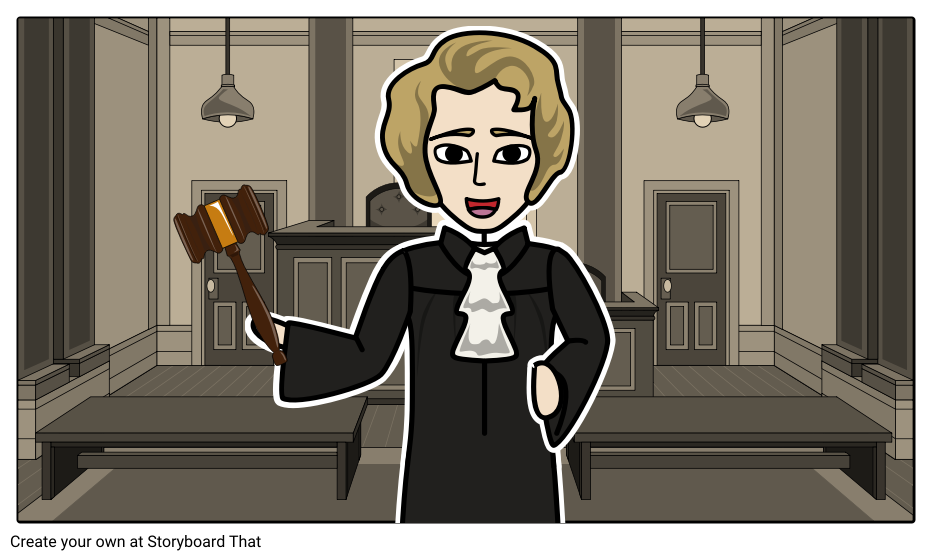

She extended free speech protection to independent contractors in Board of County Commissioners v. She also wrote the Court’s opinion striking down restrictions on advertisements of compounded drug prices in Thompson v. Reilly (2001), which invalidated various parts of Massachusetts’ restrictions on advertising based on either preemption or First Amendment grounds. She wrote the Court’s majority opinion in a tobacco advertising decision, Lorillard Tobacco Co. O’Connor delivered many of the Court’s majority or plurality opinions in a variety of First Amendment contexts, sometimes favoring and sometimes disfavoring First Amendment claims. (AP Photo/Dennis Cook) O'Connor delivered many First Amendment opinions
Sandra day o connor death full#
15, 1981, on her way to meet newsmen to make a statement on the confirmation vote by the Senate Judiciary Committee earlier that day, to recommend to the full Senate that she be named to the high court. Supreme Court nominee Sandra Day O'Connor ducks under a potted plant in the lobby of a Washington apartment building, Sept. Smith (1990), she warned that the Court had gone too far in reducing the level of free exercise protection, a position she reaffirmed in her dissent in City of Boerne v. In her concurring opinion in Employment Division, Department of Human Resources of Oregon v. Donnelly (1984), she proposed the endorsement test as a “clarification of our Establishment Clause jurisprudence.” As she explained, endorsement of a religious belief “sends a message to nonadherents that they are outsiders, not full members of the political community.” The endorsement test became widely used by the Court in cases involving public religious displays or other expressive acts. In a concurring opinion in a creche display case, Lynch v. In many of her opinions O’Connor showed a concern for religious liberty. In 1981, President Ronald Reagan announced O’Connor as his nominee for the Supreme Court, fulfilling a campaign promise to nominate a woman. Five years later, the governor appointed her to the Arizona Court of Appeals.
Sandra day o connor death trial#
In 1974, she was elected to a trial court position in Maricopa County. In 1965, she became an assistant attorney general, and in 1969, she was appointed to the Arizona State Senate to replace a departing member. She married John O’Connor and lived in Germany for a few years while her husband fulfilled his service obligations.Īfter returning to Maricopa County, Arizona, Sandra O’Connor entered local politics. She became a deputy county attorney in San Mateo, California, in 1952. The only job offer she received was a position as a legal secretary. Graduating from high school at age sixteen, she earned undergraduate and law degrees at Stanford University.Įven though she finished third in law school, O’Connor had difficulty finding a job because of gender discrimination. O'Connor involved in Arizona politics and lawīorn in El Paso, Texas, O’Connor spent much of her childhood at the Lazy B Ranch in Arizona. In First Amendment law, she is best known for her opinions in the area of religious liberty. She was often a key swing vote during her later years on the bench, causing some observers to label the Court during this period the O’Connor Court. Sandra Day O’Connor (1930– ) was the first woman to be appointed to the Supreme Court, where she served from 1981 to 2006. Sandra Day O’Connor (Photo courtesy Library of Congress, public domain)


 0 kommentar(er)
0 kommentar(er)
